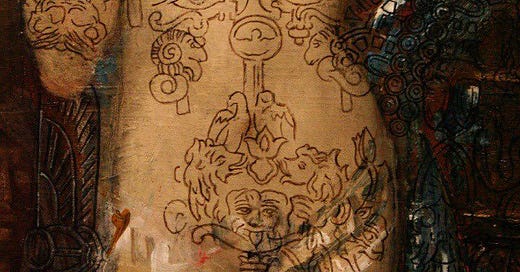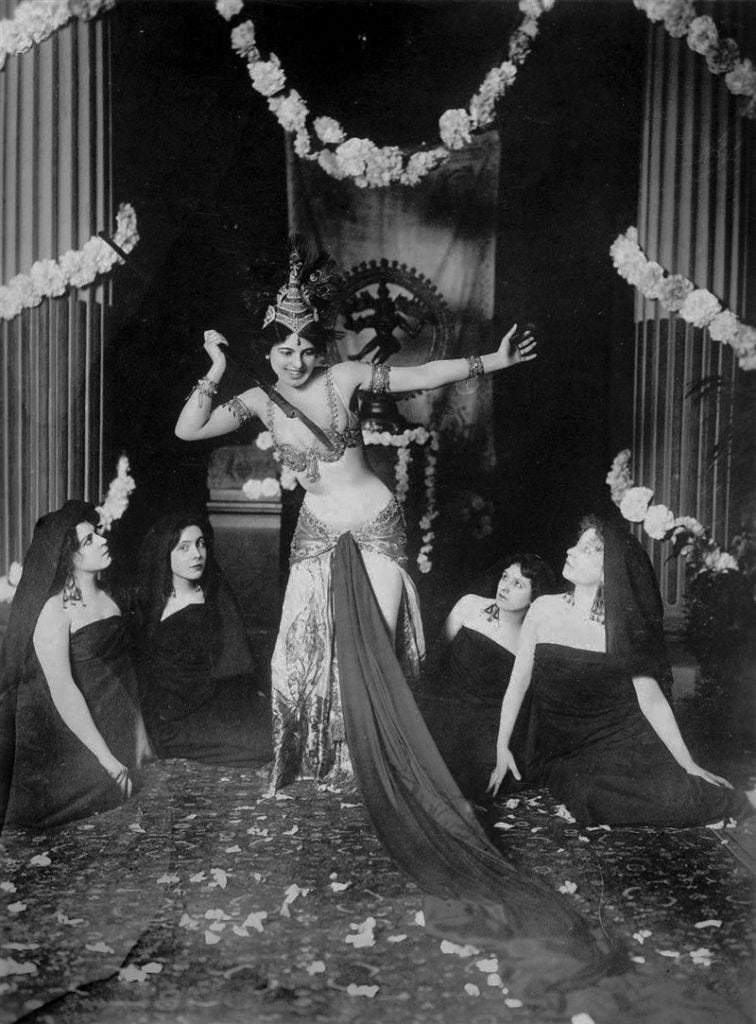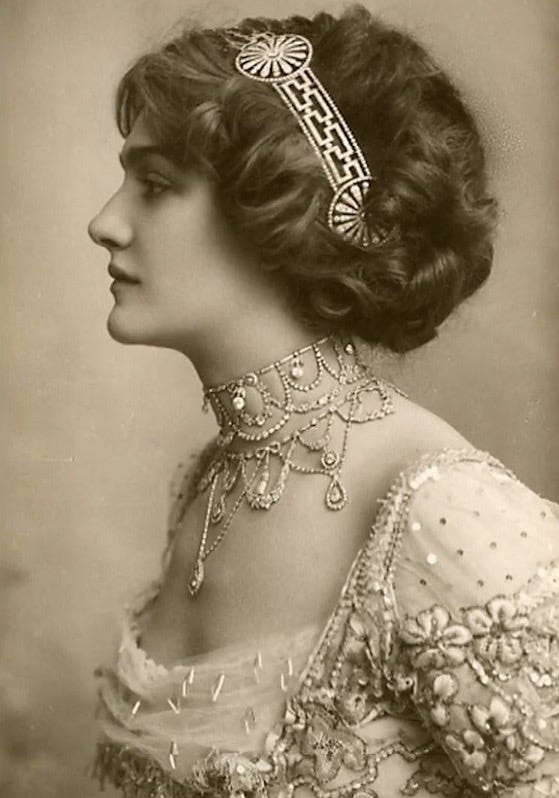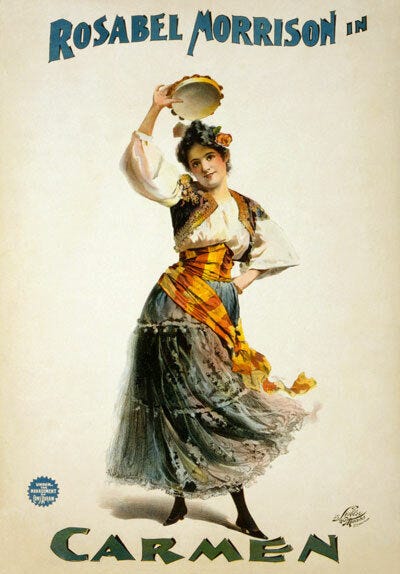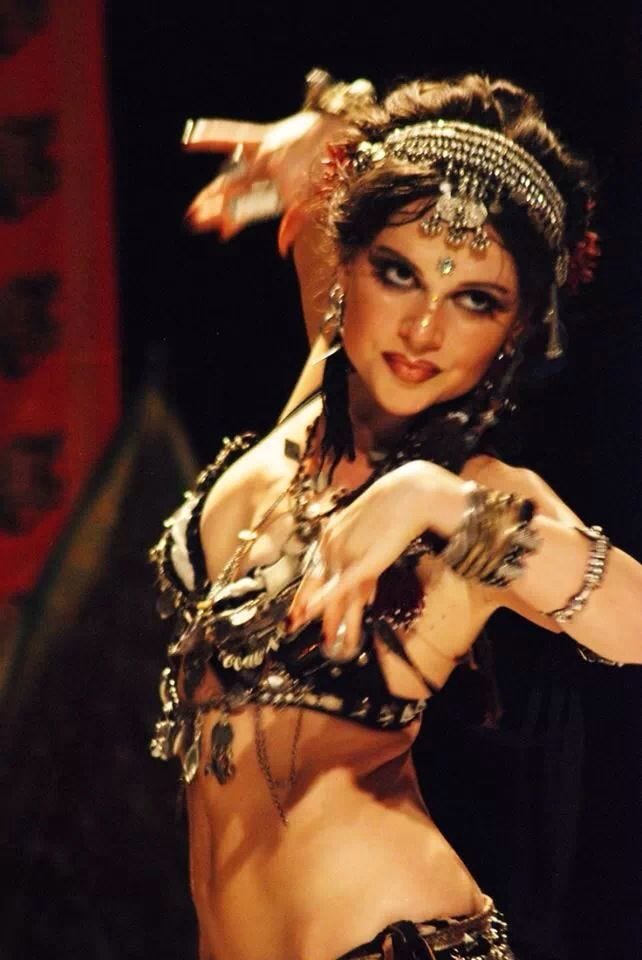We continue our journey through dance forms around the world and the pursuit of finding their essence as a way to extract wisdom, knowledge and skill that can be applied outside of the dance. If there is a dance form that you’d love Volupta to explore and meditate on — feel free to bring it to attention.
Previously, we touched upon the essences of belly dance, kathak and tango. Today we are exploring something that may appear similar to belly dance. Still it is different enough that it is a style of its own. Tribal fusion takes inspiration from many dancing styles not belly dancing alone.
Its belly dancing elements come from the American Tribal Style and the American Cabaret Belly Dance. Tribal fusion combines these two with other dance styles like flamenco, hip hop, Indian classical dances, Thai classical dances, jazz, burlesque and many others, depending of a dancer’s personal style. The music used for tribal fusion is often electronic downtempo, trip-hop, dubstep, industrial, glitch, drum and bass, gothic, dark ambient together with traditional music from around the world or the world fusion music. Probably the most famous “tribal fusion” music is made by the Beats Antique.
While the origins of the American belly dancing styles are relatively “young” (most came around between 1950’s and 1970’s), we can observe and see some “fusion”styles even earlier. Earlier, this was probably the most visible during the European Belle Epoque and the general artistic trends of the late 19th and the early 20th century — perhaps the most famous being Mata Hari with her style and dancing having elements from belly dances as well as Indian classical dances (besides the obvious Western “exotic dance” elements)
The early 20th century also saw what was called “Salomania” — an obsession with the famed Salome and her Dance of Seven Veils. It began with Wilde’s play and Strauss’ opera, soon becoming a phenomenon spreading to cinema, theatre, opera and dance.
The artistic and creative circles in late 19th and early 20th century Europe, as a response to the ever-growing academia, bourgeoisie and “civil virtues”, developed fascination with the non-conventional, exotic, foreign, nomadic and free. The Bohemians borrow their name from the Roma people of Bohemia (today’s Czechia) — the Roma people who migrated in France at the time were assumed to come from Bohemia, and were called bohémiens. The Bohemian spirit spread across the Atlantic and Bohemian circles came to form in the United States as well (the mid-20th century resurrection of the spirit in were the Beatniks and the Hippies).
The famous opera heroine, Carmen, who herself is called bohémienne, created the image of a woman who goes beyond the convention — free even unsophisticated and loyal only to the fire within. Her breaking from convention was reflected even in the fact that Carmen is a heavy and deep mezzo-soprano role — standing out from the general tendency of opera, which typically has main characters written for sopranos. The tribal fusion dancer carries some Carmen within her — there is a “bohémienne” in her, a darkness, and something gothic in her look and appearance.
We can also see the elements of the aesthetic spirit of tribal fusion in Ruth St. Denis’ explorations of the “oriental dance” — in her Isis, Ishtar, Salome and Radha (originally performed to music from Léo Delibes opera, “Lakmé”).
Here are visual examples from the past and from the modern-day tribal fusion dancers:

[If you wish to read more on Mata Hari & Ruth St. Denis inspiration from kathak and Odissi, you can read of it in the kathak article)
Keep reading with a 7-day free trial
Subscribe to Volupta to keep reading this post and get 7 days of free access to the full post archives.


